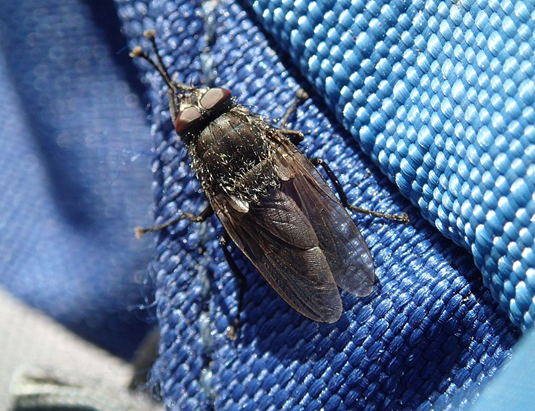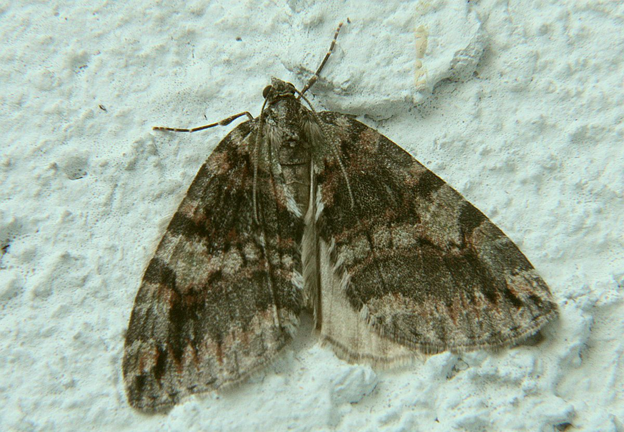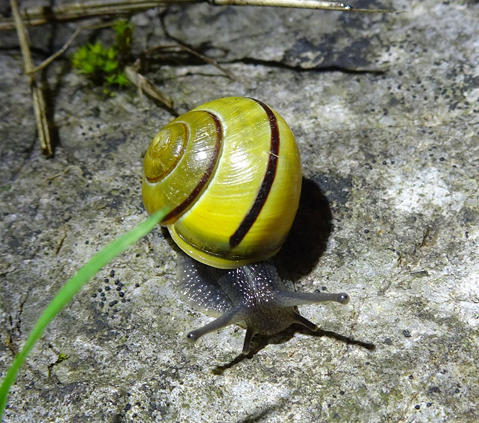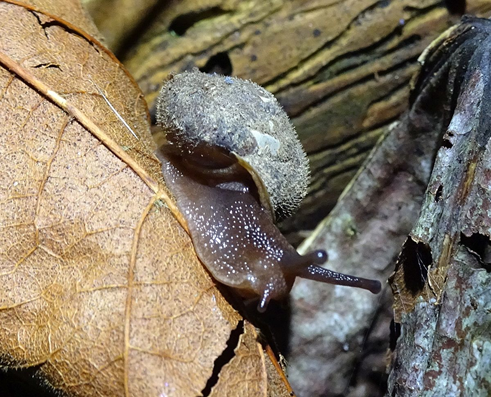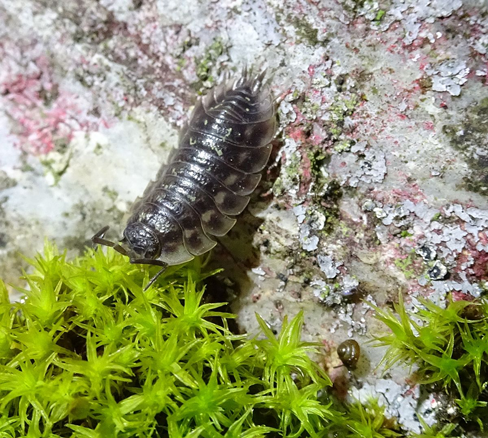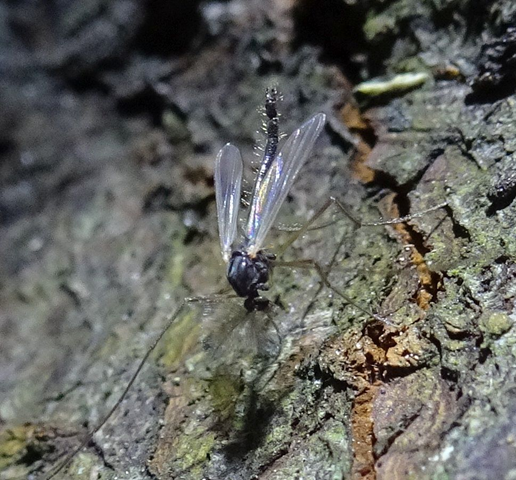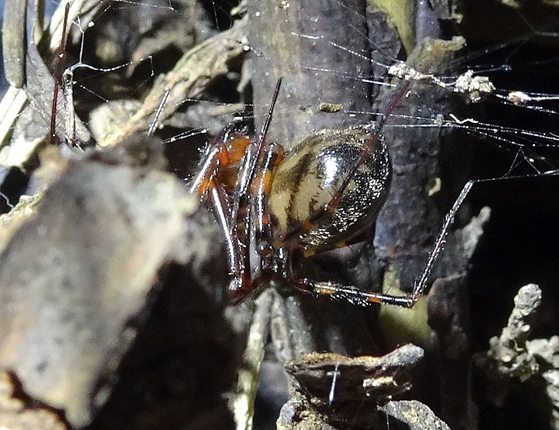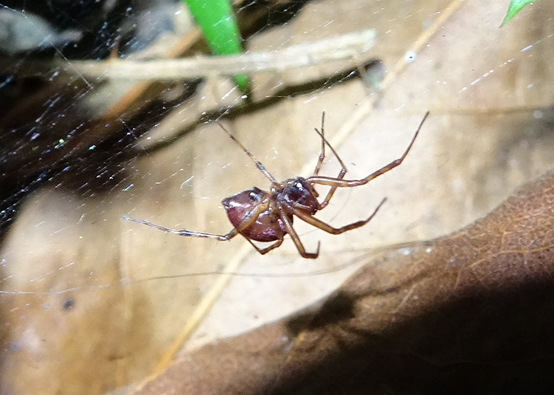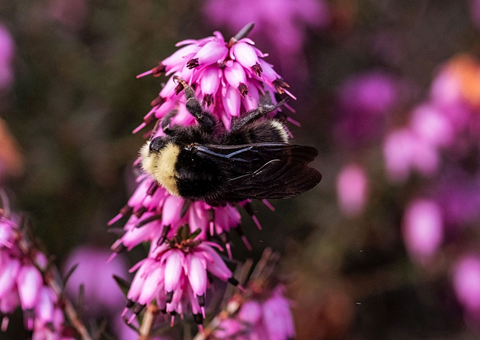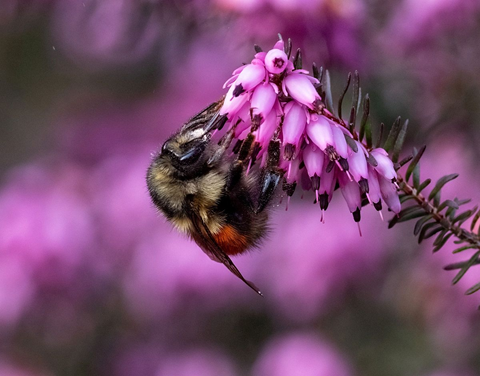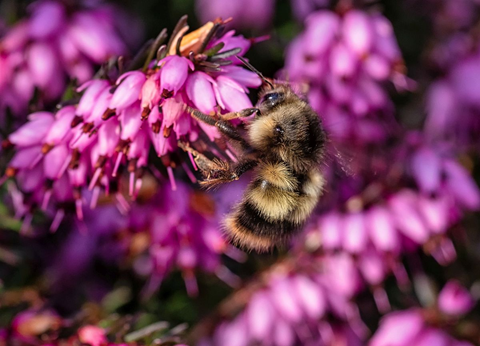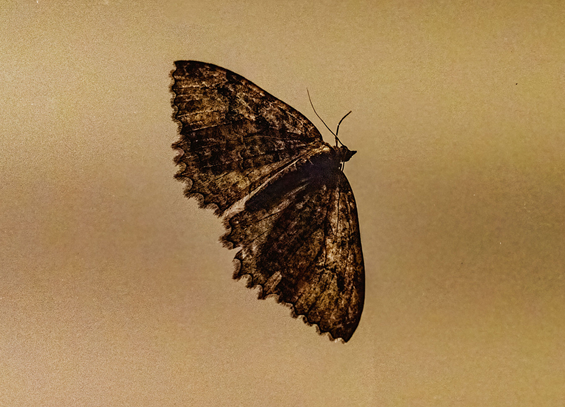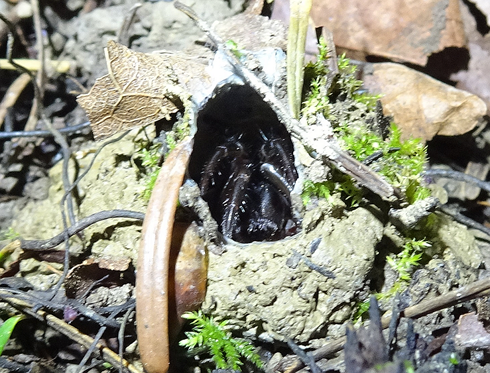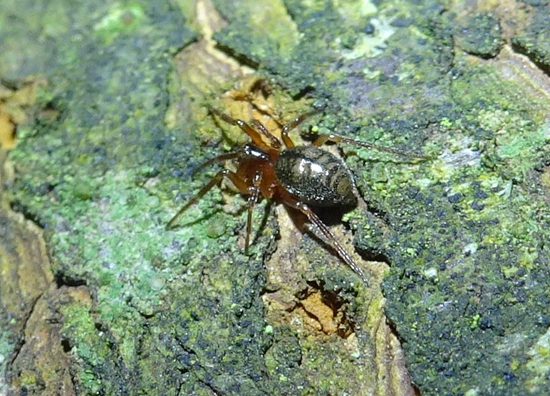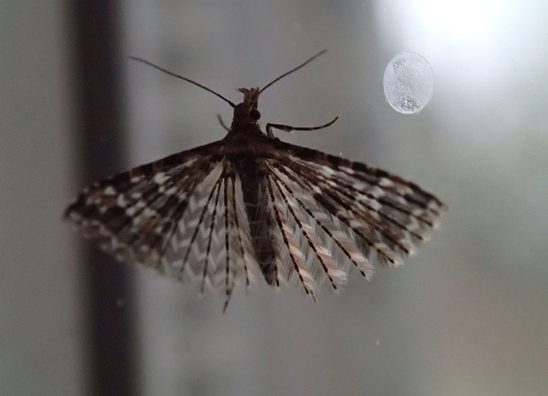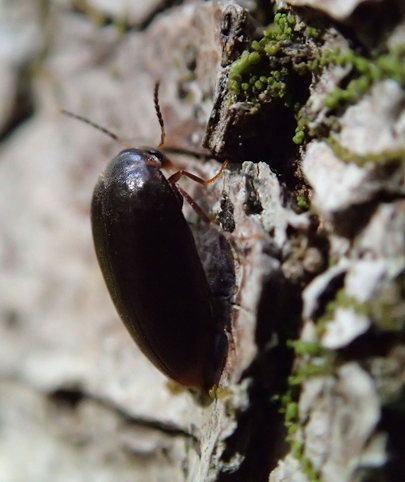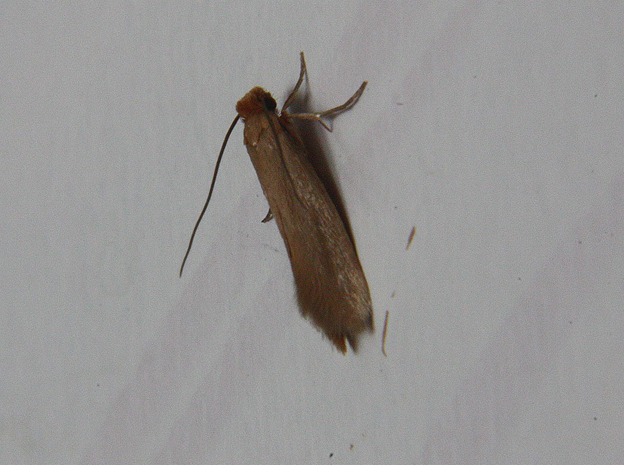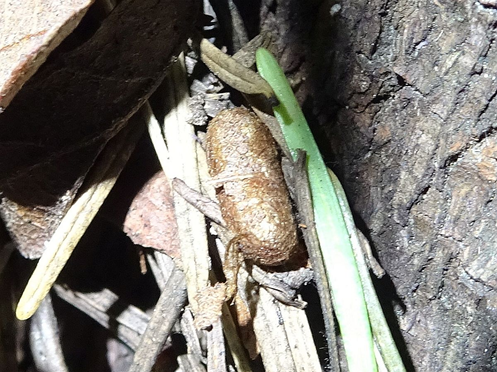|
|
|
1
-
Swan Lake Bird Walk
Swan Lake Bird Walk
May 1, 2024 @ 9:00 am - 12:00 pm
Swan Lake Bird Walk
Wednesday, November 8⋅9:00am – 12:00pmSwan Lake Bird Walks
Swan Lake Christmas Hill Nature Sanctuary, 3873 Swan Lake Rd, Victoria, BC V8X 3W1, Canada Weekly on Sunday, Wednesday
Every Wednesday and Sunday at 9:00 a.m. We ask that participants be double vaccinated, keep physical distance but if unable, put on a mask. Bring your binoculars and walking shoes and meet in the parking lot for this informal and informative walk around the lake area. Walks are generally led by Victoria Natural History Society members.
Swan Lake Christmas Hill Nature Sanctuary is at 3873 Swan Lake Road, off Ralph Street. Note that the Wild Birds Unlimited Nature Store in Shelbourne Plaza posts the bird reports from the Sunday walk.
See more details
•
|
2
|
3
|
4
-
Saturday Birding part 1: The Dawn Chorus at Viaduct Flats
Saturday Birding part 1: The Dawn Chorus at Viaduct Flats
May 4, 2024 @ 5:30 am - 7:00 am
Victoria Region
FIELD TRIP (LEVEL 1)
Meet at 5:30 a.m.—At this time of year, songbirds sing persistently, vigorously, and loudly around sunrise – a phenomenon known as the dawn chorus. By this point in spring, most of the usual breeding songbird species have arrived and are singing their hearts out. Morning twilight is extended at this time of year and the chorus begins well before sunrise. We'll take in most of this splendid event at the observation stand and take a short walk on the trails. At the interface between a variety of habitat types, including forest, the pond and its marshy edges, open fields, and nearby residential properties, we can expect a nice variety of passerines. Early morning is a magical time, with little traffic or other sounds except bird song, and we'll try to keep talking to whispers. Sunrise will be at 5:48 a.m., so we'll meet at 5:30. DIRECTIONS: Parking is adjacent to the observation stand on Interurban Road, a short distance north of the Interurban Campus of Camosun College.
See more details
-
Saturday Birding Part 2: Birding at Little Saanich Mountain (Observatory Hill)
Saturday Birding Part 2: Birding at Little Saanich Mountain (Observatory Hill)
May 4, 2024 @ 7:30 am - 10:00 am
FIELD TRIP (LEVEL 2.5)
Meet at 7:30 a.m.--Join us on a birding walk at Little Saanich Mountain, locally known as Observatory Hill. Western Tanagers, House Wrens, and a variety of woodpeckers, flycatchers, and warblers are among the possibilities. DIRECTIONS: Meet at the bottom of the road leading up the mountain (5071 West Saanich Road).
See more details
• •
|
5
-
Monthly Butterfly Walk
Monthly Butterfly Walk
May 5, 2024 @ 1:00 pm - 4:00 pm
Join us on our monthly Butterfly Walk. Each outing is intended to help us learn more about local butterflies. This field trip is weather-dependent as it needs to be sunny and warm to make it worthwhile. DIRECTIONS: We start at the top of Mount Tolmie (off Cedar Hill X Road). Meet at 1 p.m. in the lot by the reservoir where we will have an initial look for butterflies and then decide where to go from there. Car-pooling is encouraged. We try to return by 4 p.m. Cancellations or special instructions will be posted on the Invertebrate Alert ( http://www.vicnhs.bc.ca/?cat=8 ) or the calendar (https://www.vicnhs.bc.ca/?page_id=1518 ) closer to the date. Contact Gordon Hart at 250-721-1264 or butterflies@vicnhs.bc.ca for more information.
See more details
-
The Evening Chorus at Blenkinsop Lake
The Evening Chorus at Blenkinsop Lake
May 5, 2024 @ 7:00 pm - 9:00 pm
FIELD TRIP (LEVEL 1)
Meet at 7:00 p.m.--Blenkinsop Lake is a great place for evening birding. Commuting cyclists and group running clubs are done for the day and we should have the trail largely to ourselves. Late in the day, diurnal birds are starting to wind down but are still foraging for the day's last meal for themselves and their young. A few songbirds sing until late in the day or even for awhile after sunset. Crepuscular birds such as owls will be active. DIRECTIONS: Parking is available between Don Mann Excavating (4098 Lochside Drive) and the Lochside Trail.
See more details
• •
|
6
|
7
-
Tuesday Birding
Tuesday Birding
May 7, 2024 @ 9:00 am - 12:00 pm
Corner of Bowker Ave. and Bowker Place, Victoria
TUESDAY BIRDING. We meet every Tuesday, one block south of the foot of Bowker Ave on the waterfront (off Beach Drive) at 9:00 am, or at the foot of Bowker Ave at 9:30 am, rain or shine. Birding activities take place at various locations around Greater Victoria.
For more information call Bill Dancer at 250-721-5273 or Agnes Lynn at thelynns at shaw.ca or 250-721-0634. Novice and experienced VNHS members all welcome.
See more details
•
|
8
|
9
|
10
|
11
-
World Migratory Bird Day at Beaver Lake
World Migratory Bird Day at Beaver Lake
May 11, 2024 @ 7:00 am - 10:00 am
Victoria Region
Field Trip (Level 2)
Meet at 7:00 a.m.--Join us at Beaver Lake in Saanich to celebrate World Migratory Bird Day (WMBD). We
are excited to announce that for the first time ever, the WMBD campaign in 2024 will focus on the
importance of insects for migratory birds, and highlight concerns related to decreasing populations of
insects.
DIRECTIONS: Turn on to Beaver Lake Road off Elk Lake Drive (parallel to the Pat Bay Highway).
There is a large Elk/Beaver Lake Regional Park sign at the park entrance. Drive along Beaver Lake Road
until you reach the big parking lot, where we will meet.
See more details
-
Seagrasses and Seaweeds at Low Tide, Island View Beach
Seagrasses and Seaweeds at Low Tide, Island View Beach
May 11, 2024 @ 1:00 pm - 3:00 pm
FIELD TIP (LEVEL 2)
Meet at 1 p.m. near the CRD Info sign at washroom building at Island View Beach.
Visit the lower intertidal zone at Island View Beach to see spectacular examples of the
diverse intertidal habitats in the southern Salish Sea. We can look for co-occurrence of eelgrass and two
species of surfgrasses, mingled with a lush and diverse assemblage of red, green and brown seaweeds.
Spring blooms of foliose red and green algae will be in full swing and covering the lower beach, sandy
nearshore shallow water has crabs, small fish and early-season bull kelp. Field trip timing is scheduled to
be on the beach during one of the lowest daylight tides of the summer, with + 11 cm tide predicted at 2
p.m. Bring sturdy waterproof gumboots for wading. Walking stick recommended to help navigate
slippery seaweed-covered cobbles.
DIRECTIONS: To reach Island View Beach, go north on the Pat Bay Highway, turn right at the lights at Island View Road (Michell’s Market) and follow that road to a left on Homathko Drive, which leads to the parking lot.
See more details
• •
|
|
12
|
13
|
14
-
Tuesday Birding
Tuesday Birding
May 14, 2024 @ 9:00 am - 12:00 pm
Corner of Bowker Ave. and Bowker Place, Victoria
TUESDAY BIRDING. We meet every Tuesday, one block south of the foot of Bowker Ave on the waterfront (off Beach Drive) at 9:00 am, or at the foot of Bowker Ave at 9:30 am, rain or shine. Birding activities take place at various locations around Greater Victoria.
For more information call Bill Dancer at 250-721-5273 or Agnes Lynn at thelynns at shaw.ca or 250-721-0634. Novice and experienced VNHS members all welcome.
See more details
•
|
15
|
16
|
17
|
18
-
Birding the Powerlines and Ponds at the Hydro Substation Near Francis/King Park
Birding the Powerlines and Ponds at the Hydro Substation Near Francis/King Park
May 18, 2024 @ 7:00 am - 12:00 pm
Victoria Region
FIELD TRIP (LEVEL 3)
Meet at 7:00 a.m.--Join us for a walk along the power lines that border Francis/King Park and the area around the Hydro substation. This is a great place to hear or see most of our warblers, vireos, and flycatchers, and is the most reliable spot for Black-throated Gray Warbler. This is a four- to five-hour walk. Bring a drink and snack if you wish. DIRECTIONS: Meet at the Francis/King Park Nature House on Munn Road.
See more details
•
|
19
-
Birding the Powerline off Stewart Mountain Road and Thetis Lake Park
Birding the Powerline off Stewart Mountain Road and Thetis Lake Park
May 19, 2024 @ 7:00 am - 11:00 am
FIELD TRIP (LEVEL 4)
Meet at 7:00 a.m.--This walk is great for warblers, vireos, and flycatchers, and is the most reliable spot for MacGillivray's Warbler. Our route starts along the powerline and then continues into Thetis Lake Park, where we will hike to a great viewpoint at the top of Scafe Hill. DIRECTIONS: Take the Trans-Canada Highway to the Millstream Road exit. Follow the signs north to The Highlands on Millstream Road. Turn right onto Stewart Mountain Road and meet at the mailboxes.
See more details
-
The Evening Chorus at Blenkinsop Lake
The Evening Chorus at Blenkinsop Lake
May 19, 2024 @ 7:00 pm - 9:00 pm
FIELD TRIP (LEVEL 1)
Meet at 7:00 p.m.--See description for May 4. DIRECTIONS: Parking is available between Don Mann Excavating (4098 Lochside Drive) and the Lochside Trail.
See more details
• •
|
20
-
Natural History Cycling Tour of the Galloping Goose Trail from Sooke Potholes to Leechtown
Natural History Cycling Tour of the Galloping Goose Trail from Sooke Potholes to Leechtown
May 20, 2024 @ 8:00 am - 12:30 pm
FIELD TRIP (LEVEL 3)
Meet at 8:00 a.m.--Join Daniel Dönnecke on a cycling tour into the Sooke Hills. We will enjoy the birds and scenery along the way. Bring a lunch. You must register in advance for this trip at birdingfieldtrips@gmail.com. DIRECTIONS: Meet at the Galloping Goose parking lot 2.3 kilometres along Sooke River Road (off Sooke Road).
See more details
•
|
21
-
Tuesday Birding
Tuesday Birding
May 21, 2024 @ 9:00 am - 12:00 pm
Corner of Bowker Ave. and Bowker Place, Victoria
TUESDAY BIRDING. We meet every Tuesday, one block south of the foot of Bowker Ave on the waterfront (off Beach Drive) at 9:00 am, or at the foot of Bowker Ave at 9:30 am, rain or shine. Birding activities take place at various locations around Greater Victoria.
For more information call Bill Dancer at 250-721-5273 or Agnes Lynn at thelynns at shaw.ca or 250-721-0634. Novice and experienced VNHS members all welcome.
See more details
•
|
22
|
23
|
24
-
Scramble up the South Slope of PKOLS/Mount Douglas
Scramble up the South Slope of PKOLS/Mount Douglas
May 24, 2024 @ 9:00 am - 12:00 pm
FIELD TRIP (LEVEL 4)
Meet at 9:00 a.m.--With so much happening in spring, we're scheduling a rare Friday event, to look for birds, blooms, and butterflies. Join us as we work our way up Mount Douglas. The wildflower display will be excellent and if the weather is sunny, it is also a great spot for butterflies. We can expect a nice variety of songbirds, as well as a few raptors and vultures riding the thermals around the mountain. Please note the trail is steep, so good footwear is essential, but we will take it at a leisurely pace to enjoy the habitat. DIRECTIONS: Meet at the trailmarker on Blenkinsop Road across from Galey Morning Fresh Eggs. A small parking lot is just north of Lohbrunner Road if no safe spots are available at the side of the road.
See more details
•
|
25
-
Birds, Blooms, and Butterflies on Mount Tolmie
Birds, Blooms, and Butterflies on Mount Tolmie
May 25, 2024 @ 7:00 am - 10:00 am
Victoria Region
FIELD TRIP (LEVEL 2)
Meet at 7:00 a.m.--Early in the morning, we have a good chance of finding some special spring migrant birds on Mount Tolmie. Each spring, this location is a brief stop-over for several rare birds that turn up at this location, such as Lazuli Bunting. We will also check out the wealth of wildflowers. As it warms up, we may see some of the butterflies that enjoy the Garry oak meadows. DIRECTIONS: Take the turn-off from Cedar Hill Cross Road to Richmond Road, follow Mayfair Drive to the top, and park at the main parking lot just north of the summit.
See more details
•
|
|
26
|
27
|
28
-
Tuesday Birding
Tuesday Birding
May 28, 2024 @ 9:00 am - 12:00 pm
Corner of Bowker Ave. and Bowker Place, Victoria
TUESDAY BIRDING. We meet every Tuesday, one block south of the foot of Bowker Ave on the waterfront (off Beach Drive) at 9:00 am, or at the foot of Bowker Ave at 9:30 am, rain or shine. Birding activities take place at various locations around Greater Victoria.
For more information call Bill Dancer at 250-721-5273 or Agnes Lynn at thelynns at shaw.ca or 250-721-0634. Novice and experienced VNHS members all welcome.
See more details
•
|
29
|
30
|
31
|
|

